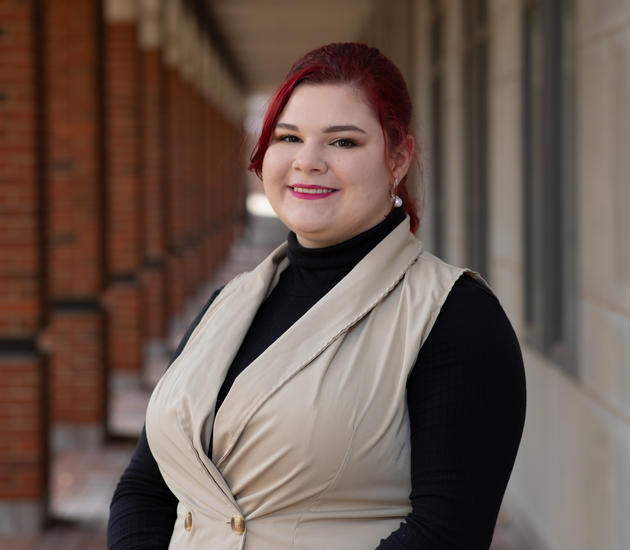By Kel Hahn
Although Todd Hastings received his master’s degree from Purdue University and his doctoral degree from MIT—two of the top 10 engineering schools in the country—his hope was that one day he would be a professor in the University of Kentucky College of Engineering. A Lexington native, Hastings was thrilled when he was offered a faculty position in UK’s Department of Electrical and Computer Engineering in 2003. Now the Reese S. Terry Professor in Electrical Engineering, he has been the recipient of a National Science Foundation (NSF) CAREER Award as well as a Defense Advanced Research Projects Agency Young Faculty Award. In addition, Hastings has secured over $4.6 million dollars in funded projects as principal investigator, led 14 awards as principal investigator and collaborated on many others, including a National Nanotechnology Coordinated Infrastructure (NNCI) grant from the NSF.
In September 2015, UK and the University of Louisville announced the $3.76 million NNCI grant to create the Kentucky Multiscale Manufacturing and Nano Integration Node (MMNIN)—a national center of excellence in micro/nanotechnology. The highly competitive award was one of just 16 awarded to universities across the country and puts UK and UofL’s eight combined research centers in a new national network that will make university facilities, tools and expertise in nanoscale science, engineering and technology more readily available to network institutions.
“Across the country, there have been significant achievements in nanotechnology over the last several years,” says Hastings, co-PI and UK site director. “As a result, there is a need to incorporate those achievements into larger systems. From atomic scale creations to devices we can handle, this network allows us to collaborate for the sake of creating something bigger.”
The award is for five years, with the opportunity to renew for another five years. Other notable institutions also receiving this grant were Georgia Tech, Stanford, Cornell, Harvard, Virginia Tech, The University of Texas at Austin and Wisconsin.
“No institution can house the infrastructure for everything,” Hastings summarizes. “This network allows institutions to access others’ specialized capabilities in the most efficient way possible.”
Hastings also directs the highly multidisciplinary Center for Nanoscale Science and Engineering (CeNSE) which is part of the MMNIN and focuses on development of devices which exploit nanoscale phenomena. Using CeNSE resources, and in collaboration with FEI Company, an electronic microscope manufacturer based in Oregon, Hastings is exploring nanoscale 3-D printing thanks to an NSF Grant Opportunities for Academic Liaison with Industry Award.
“It is quite challenging to print something one thousandth the size of your hair, but there is a real need for it. Instead of developing a process from the ground up and using multiple pieces of equipment, our vision is to be able to go into the lab, and in one setting with one piece of equipment, quickly prototype small devices directly in real materials,” Hastings explains.
Among Hastings’ other research endeavors, he is working with electrical and computer engineering professor Daniel Lau on a new type of camera that can detect the full spectrum of light in an image, as opposed to simply red, blue and green. The camera can also give distance information. Lau and Hastings envision possible medical applications, such as fluorescence for guided surgery where visuals can be color-coded and differentiated. He is also engaged in a collaborative effort with UK physics professor Lance De Long in which the two are building magnetic nanostructures that might ultimately find application in magnetic computing or data storage.




